For various reasons, many gardeners are now turning to artificial grass. It is no longer just a decoration in the house, as people have started this synthetic plant in the yard to replace real turf.
Using synthetic grass has many benefits because this artificial plant contributes to the environment. However, consider several things before deciding to install it.
In this article, we present everything about artificial grass and compare it to a real lawn. Of course, each has its strengths and weaknesses.
What is an Artificial Grass?
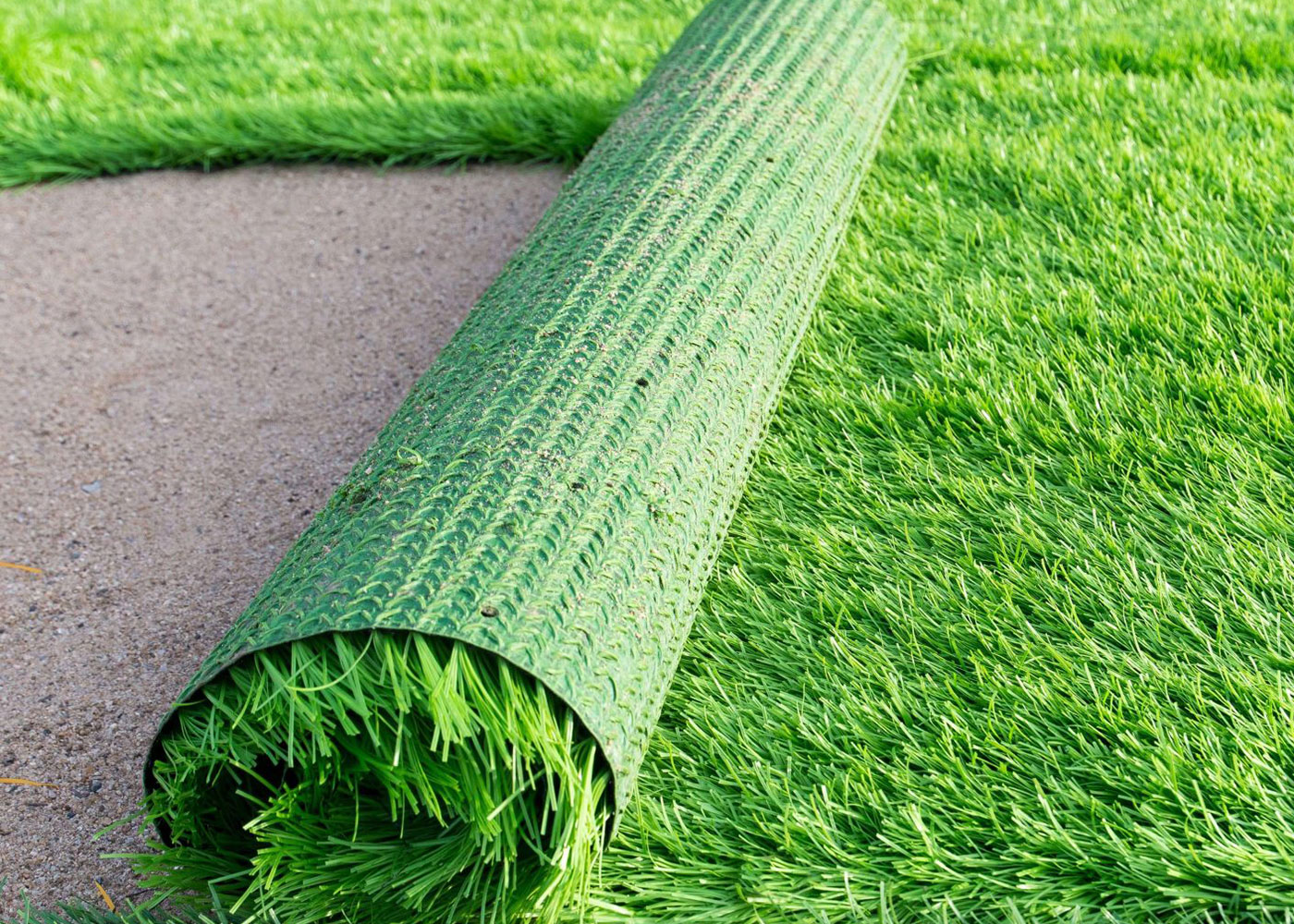
In simple terms, artificial grass is a surface of synthetic fibers that resembles the real turf. People used to use it in office parks, homes, and sports fields.
Its use is practical because it does not require intensive maintenance like the real one. Besides, you can also save costs because synthetic plants do not need planting media, water, and fertilizers.
Materials of Manufacture
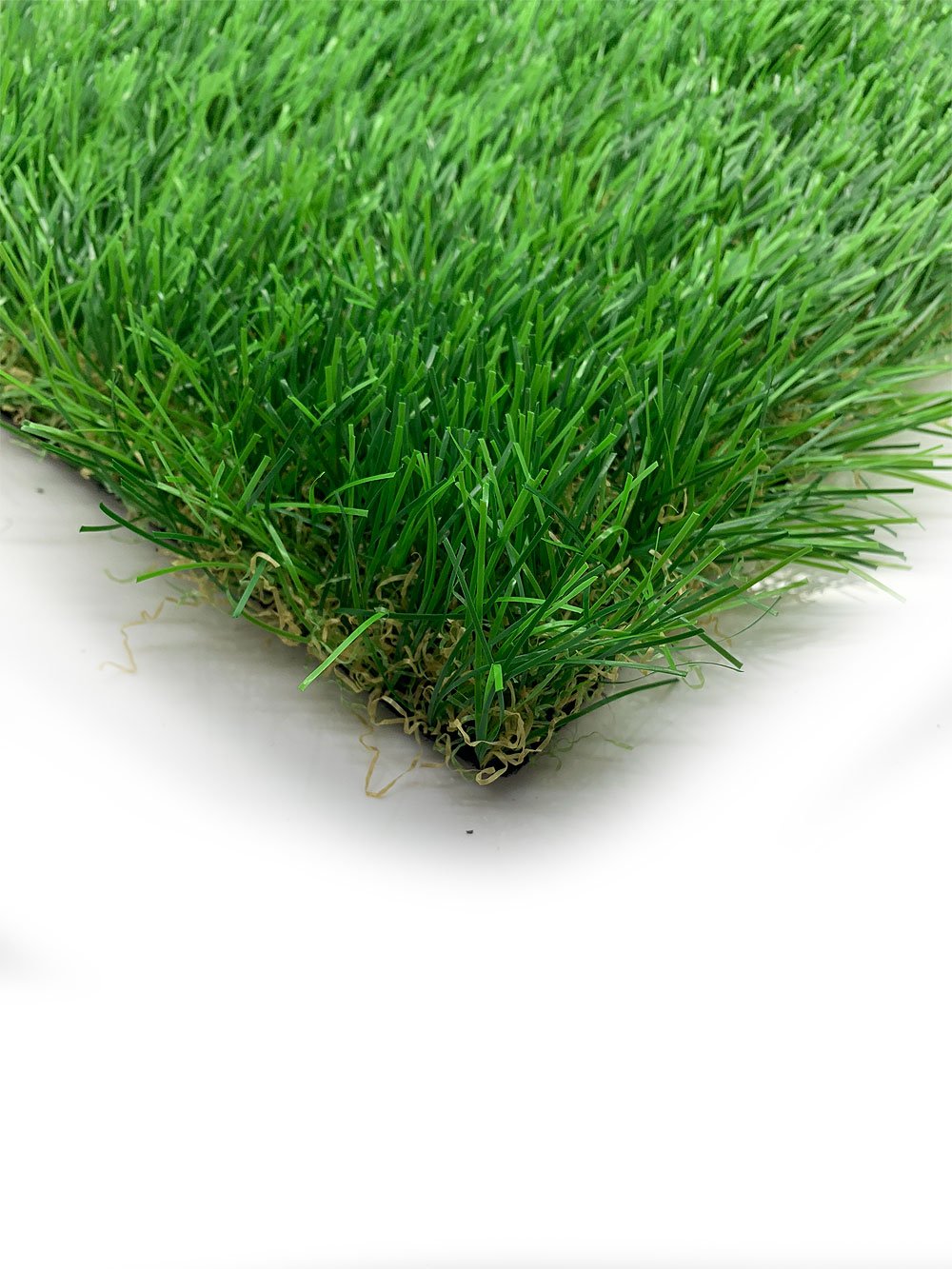
The color of synthetic grass, which is similar to the real one, often makes the eye deceived. However, if you pay attention to the texture, not all artificial turf products are similar to the original.
The texture of the artificial grass will depend on the main ingredient in it. Here are some widely-used materials in the manufacture of synthetic turf.
Polyethylene
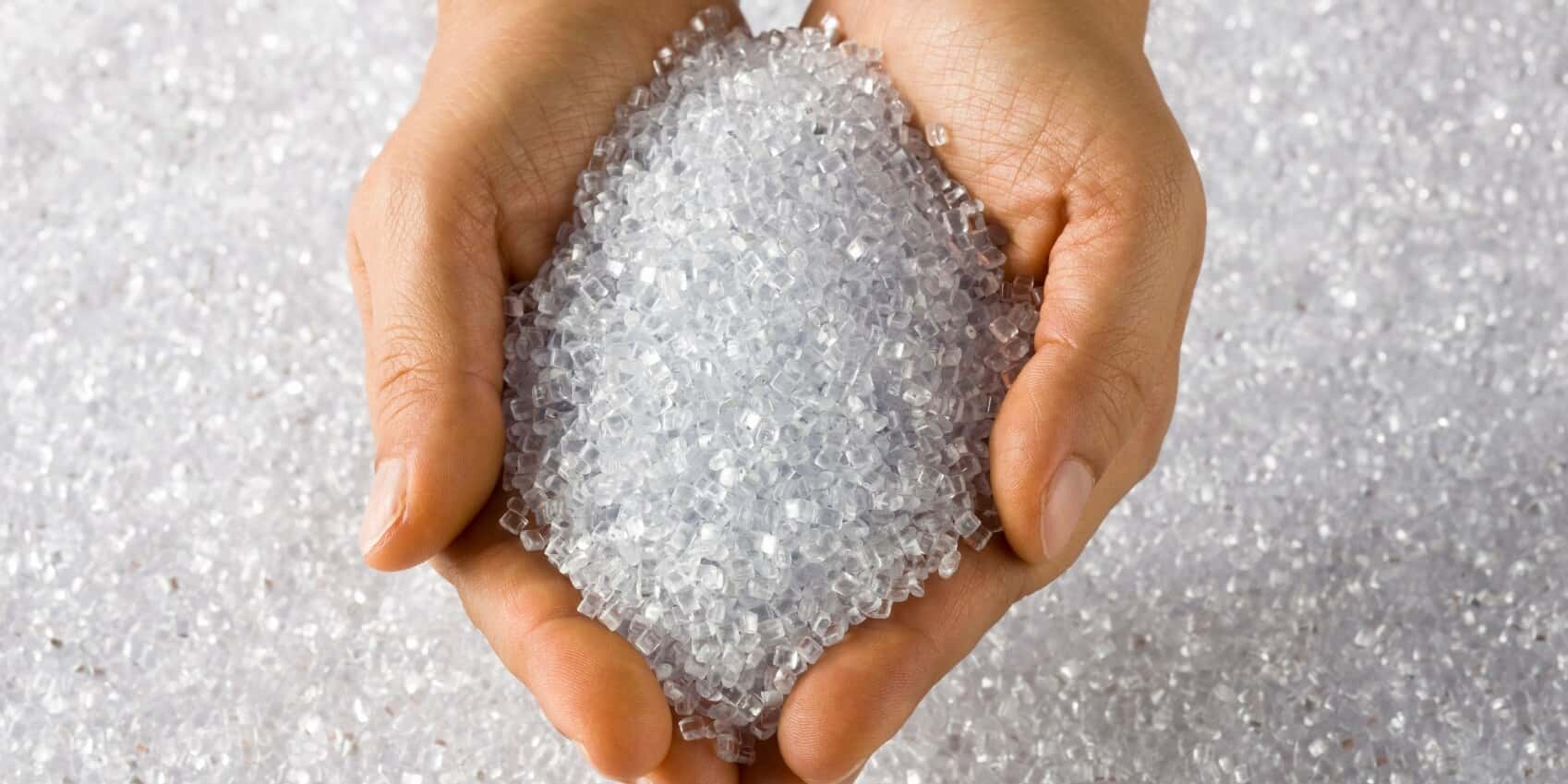
Products with this material will be nearly 100 percent similar. You will find it hard to distinguish polyethylene and real grass from a distance because of their almost identical structure and texture.
Another advantage of polyethylene is its soft texture and natural-looking color. Undoubtedly, a lot of people tend to use this type for various purposes.
People use it as home decoration, sports fields, and others. Besides, this artificial turf can be a comfortable place for pets.
In some cases, such as for use in the sports field, people also combine it with nylon material products. These materials are to increase the resistance of the grass when used.
Nylon
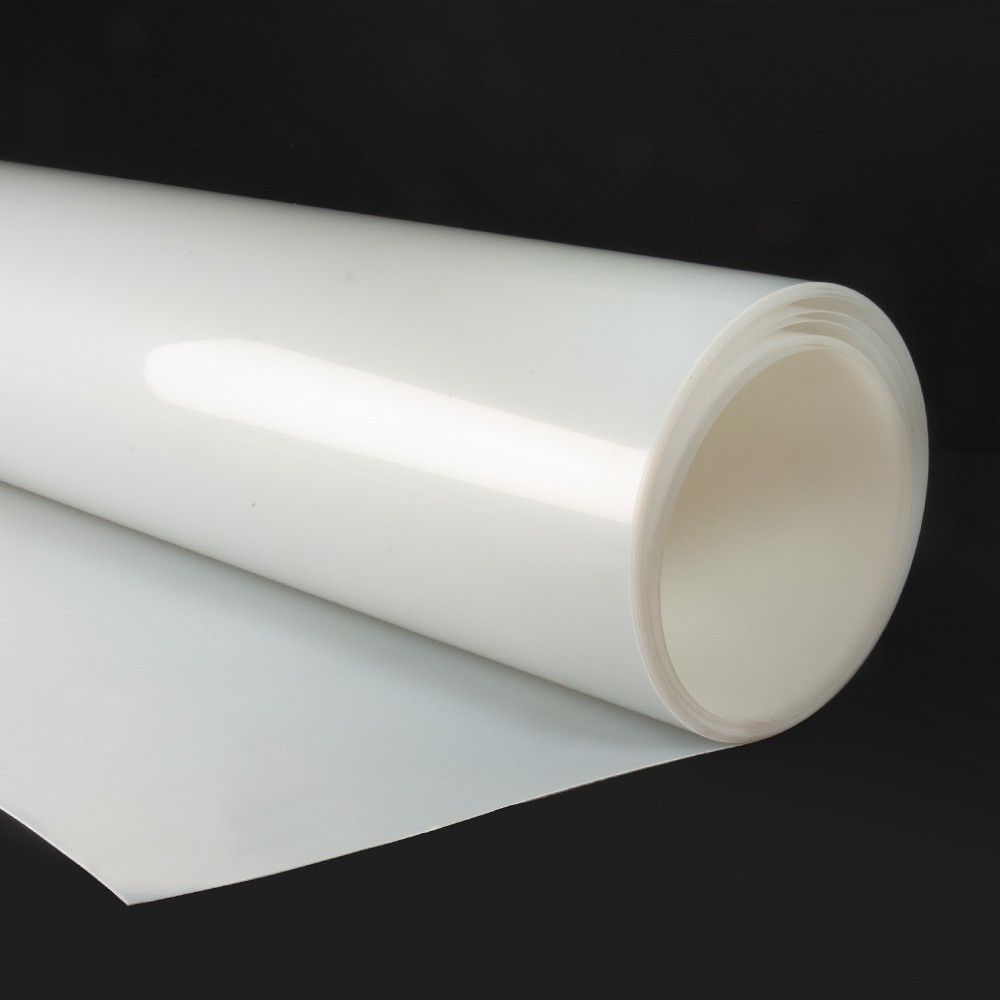
If you are looking for high resilience synthetic grass, then nylon is the answer. Products with this ingredient will not be damaged easily.
The surface does not crumble easily, even though you have been stepping on it thousands of times. Therefore, you can also do various strenuous activities on it.
Another advantage of nylon grass is its ability to adapt to temperature and sunlight. A not-so-well environment will not make this material vulnerable so that you can use it for a long time.
Polypropylene
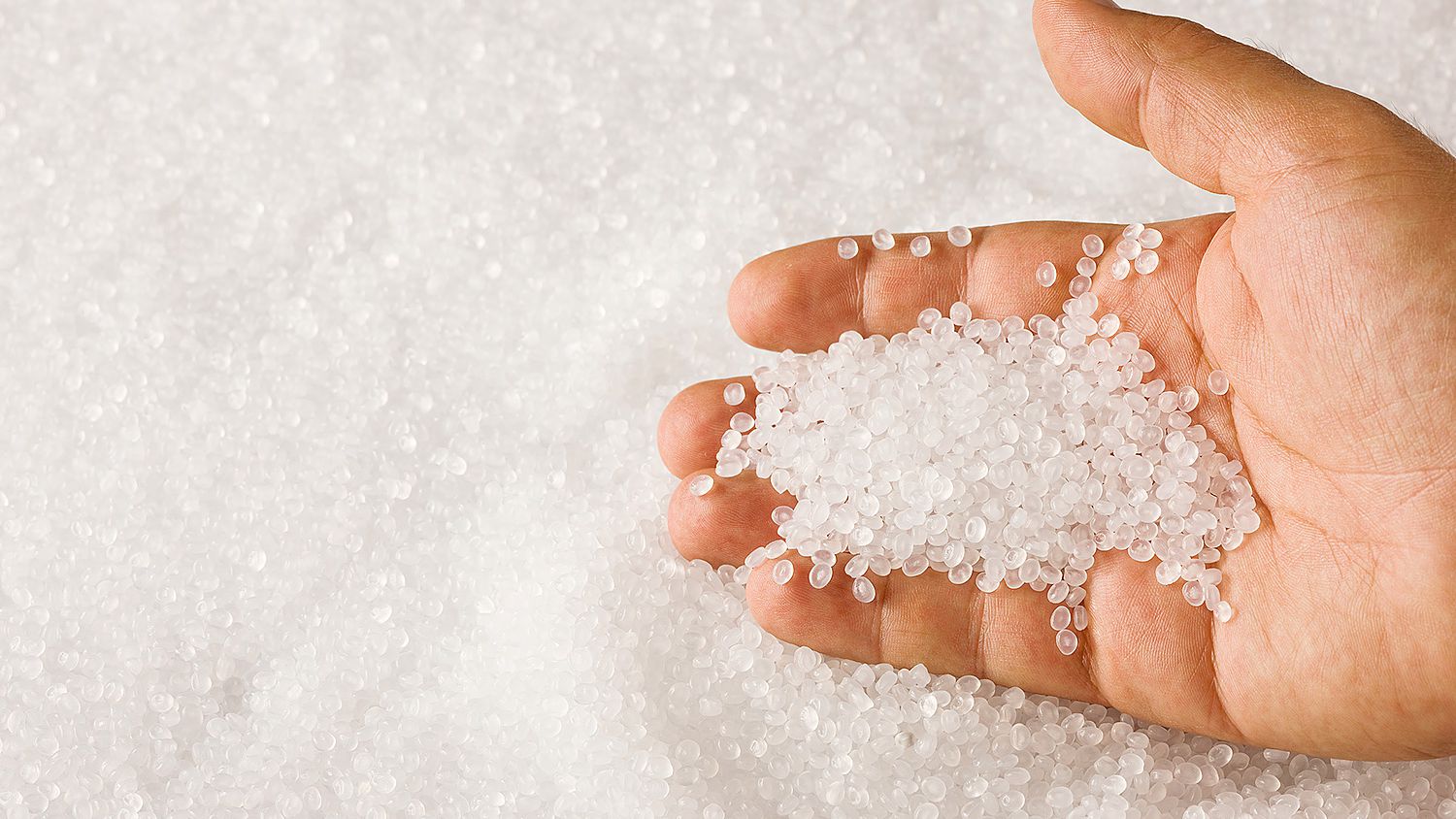
Polyethylene-based grass is an economical choice for artificial turf users. Therefore, many people also choose this product for installation in the home.
Unfortunately, when compared to the previous two materials, polyethylene has a lower resistance. The surface is easily damaged and is not durable. It is better to avoid strenuous activities on the material.
Types of Artificial Grass
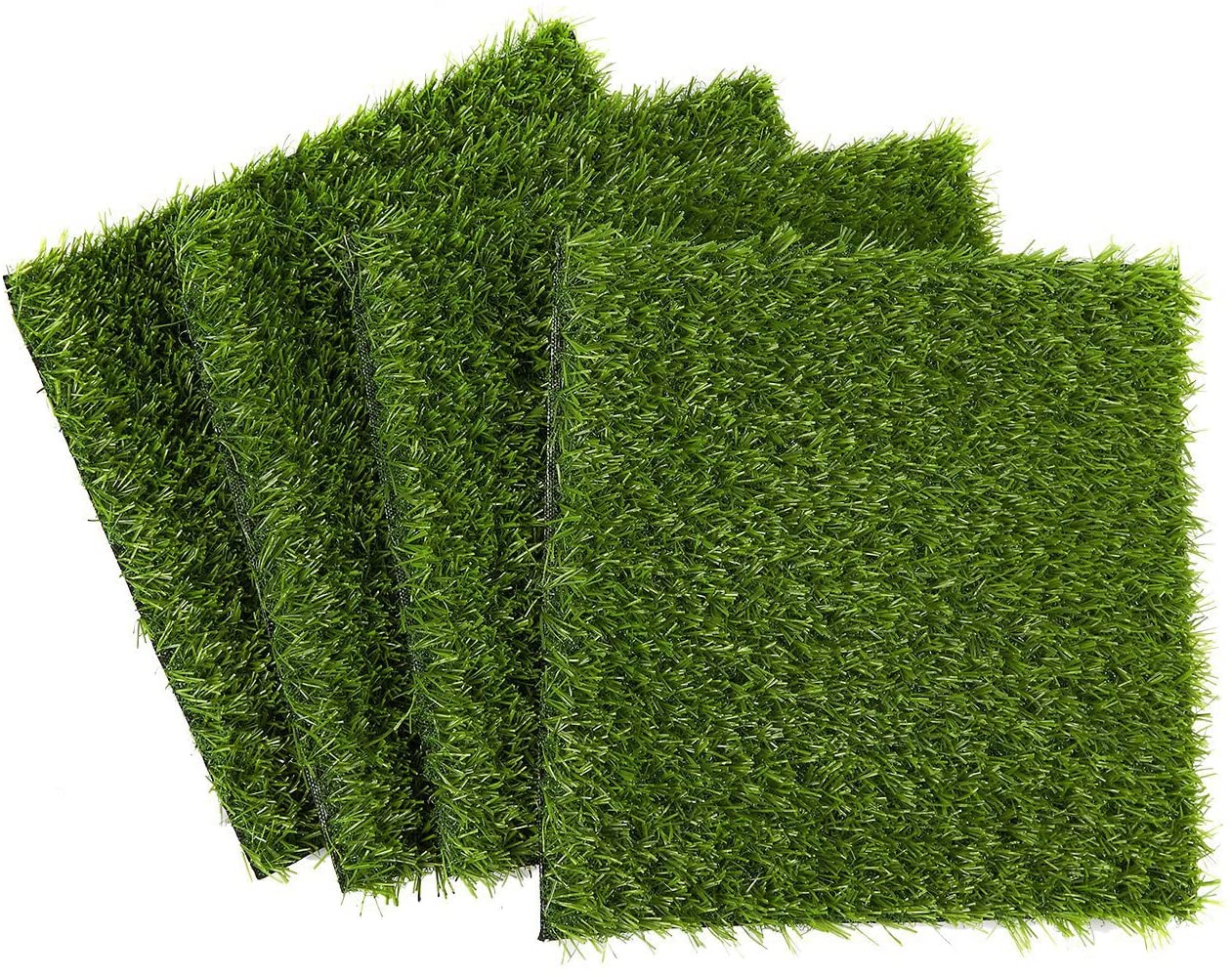
Choosing synthetic grass should not be arbitrary because there are differences in ingredients for use. If we choose the wrong choice, the results will also not be optimal.
All artificial grass can for both indoors and outdoors. Based on its function and quality, synthetic turf is divided into several types, namely:
Golf Artificial Grass
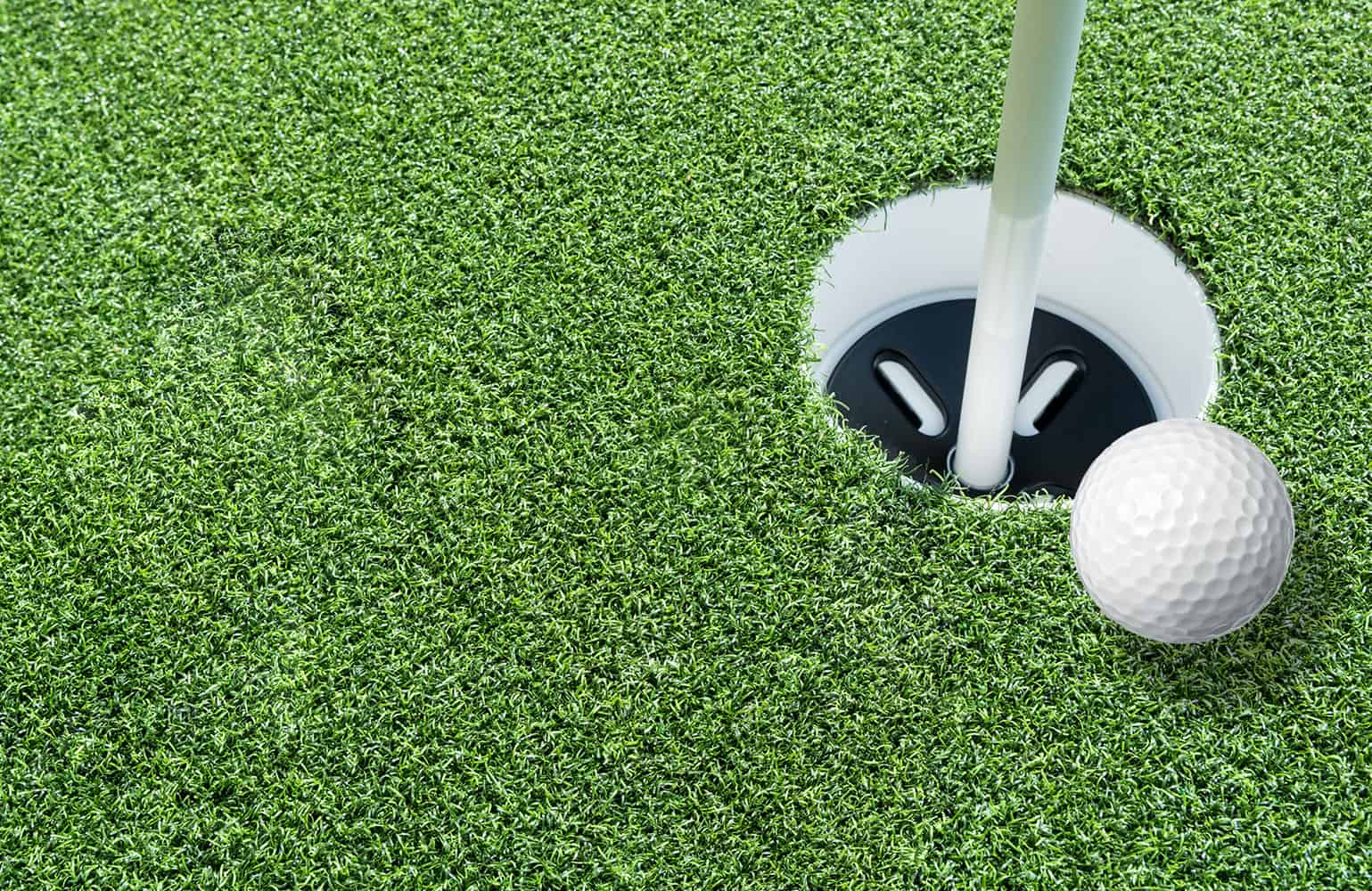
This type consists of synthetic fibers with a grass height of approximately 10 mm. The surface is so smooth and soft that it is a choice for home decoration and golf courses.
However, it is not durable and can be easily damaged. It is approximately 9-11 years old when placed indoors and 7-8 years outdoors.
Japanese Artificial Grass
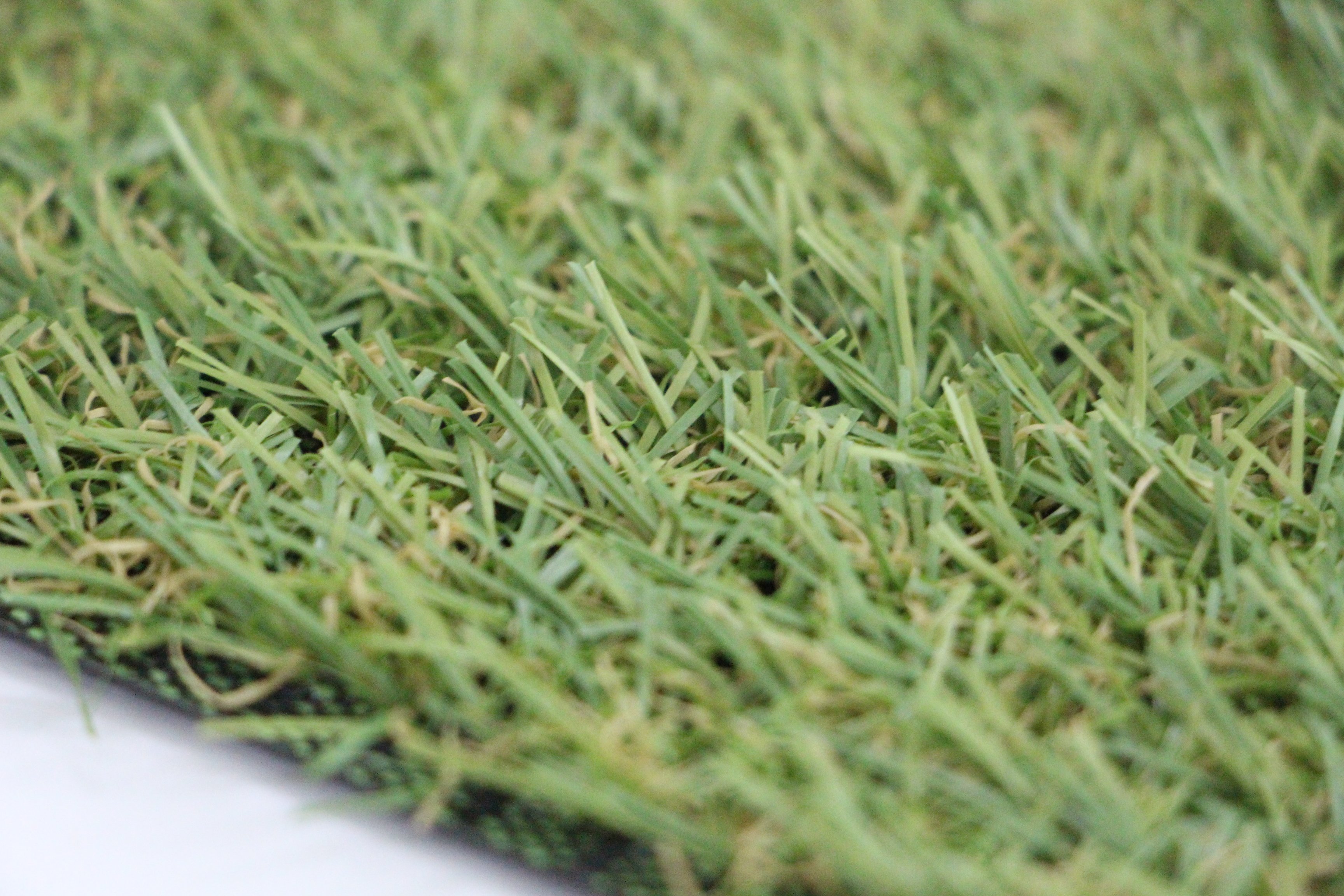
Generally, this type of grass consists of monofilament material. It is approximately 20 mm tall and is suitable for decoration and gardening.
Uniquely, this grass looks similar to real Japanese grass, both in color and texture. Some products even come with color degradation, as if some dead and fresh grass was growing in one area.
In terms of quality, Japanese artificial grass is also superior. The material is so strong that it can last 11-12 years indoors and 10-11 years outdoors.
Swiss Synthetic Grass
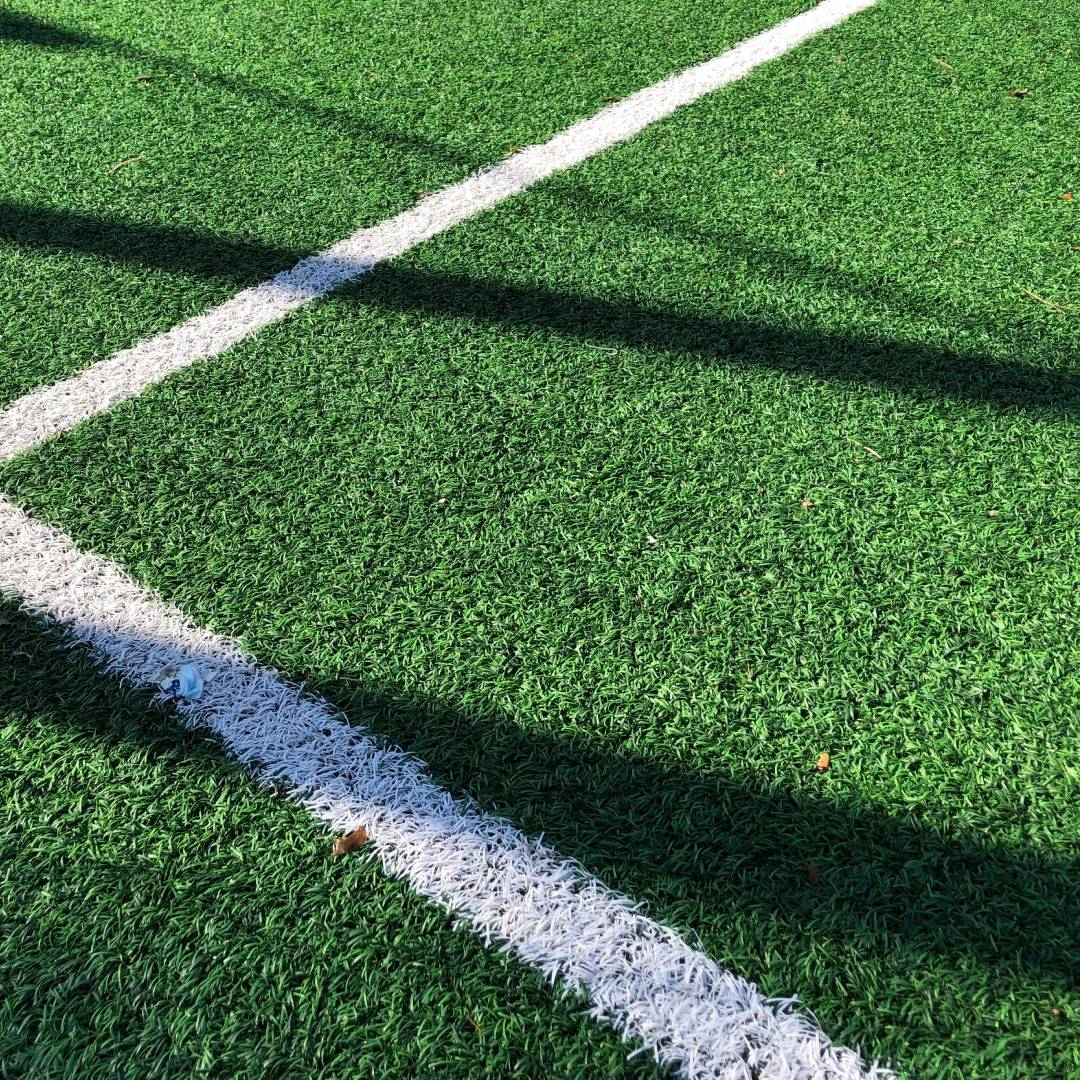
If you are looking for the most heavy-duty synthetic turf for outdoor, the answer is Swiss synthetic turf. With a height of approximately 30 mm, this product is well-designed for outdoor purposes.
Swiss synthetic grass is known to be much gentler than the two types above. Besides, the material is also strong and resistant to stamping. Generally, we can find it on futsal courts which require high mobility.
Pros and Cons of Artificial Grass
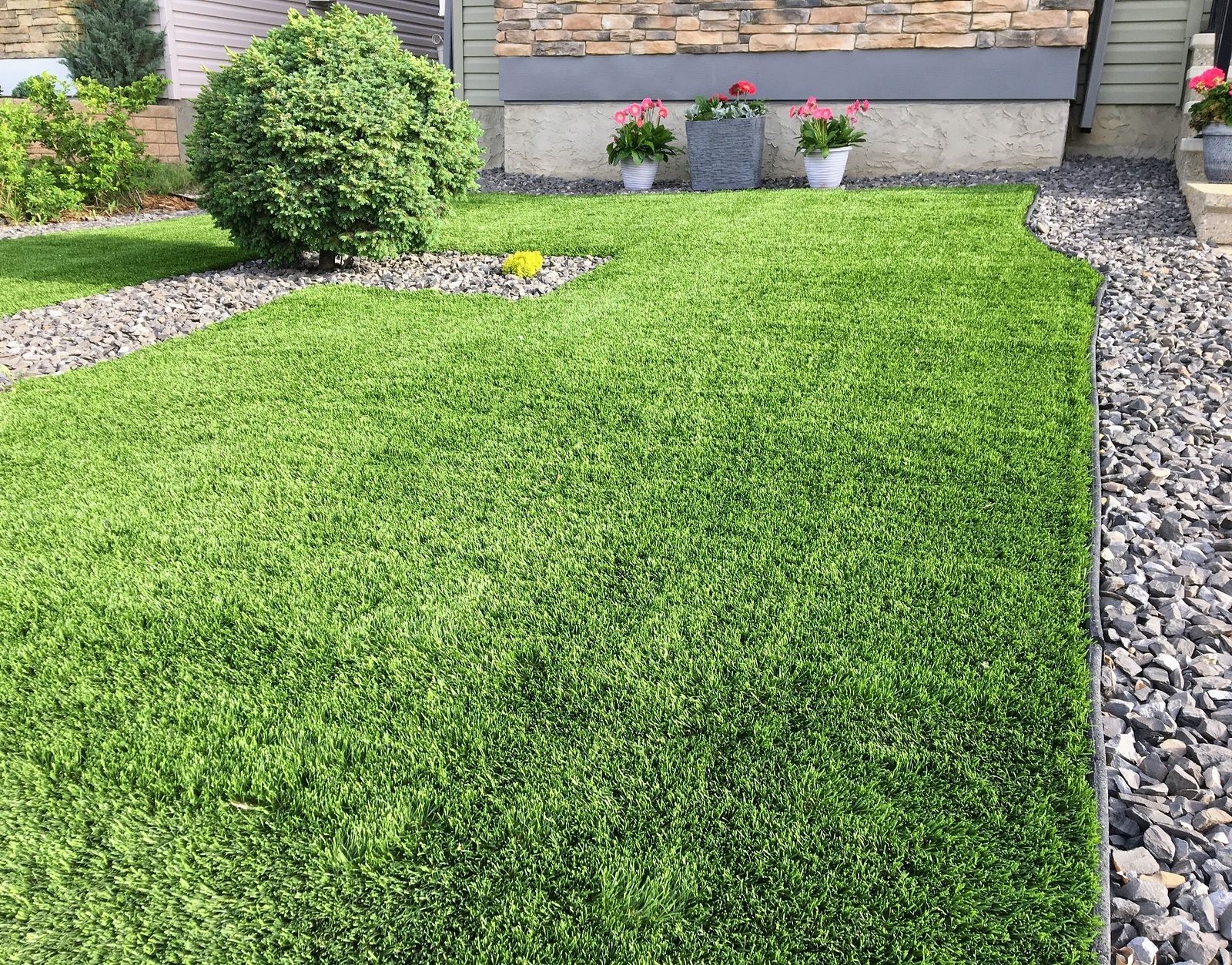
Instead of the real lawn, many people are now turning to artificial grass for various reasons. However, before installing, you should consider the weaknesses and strengths:
Pros
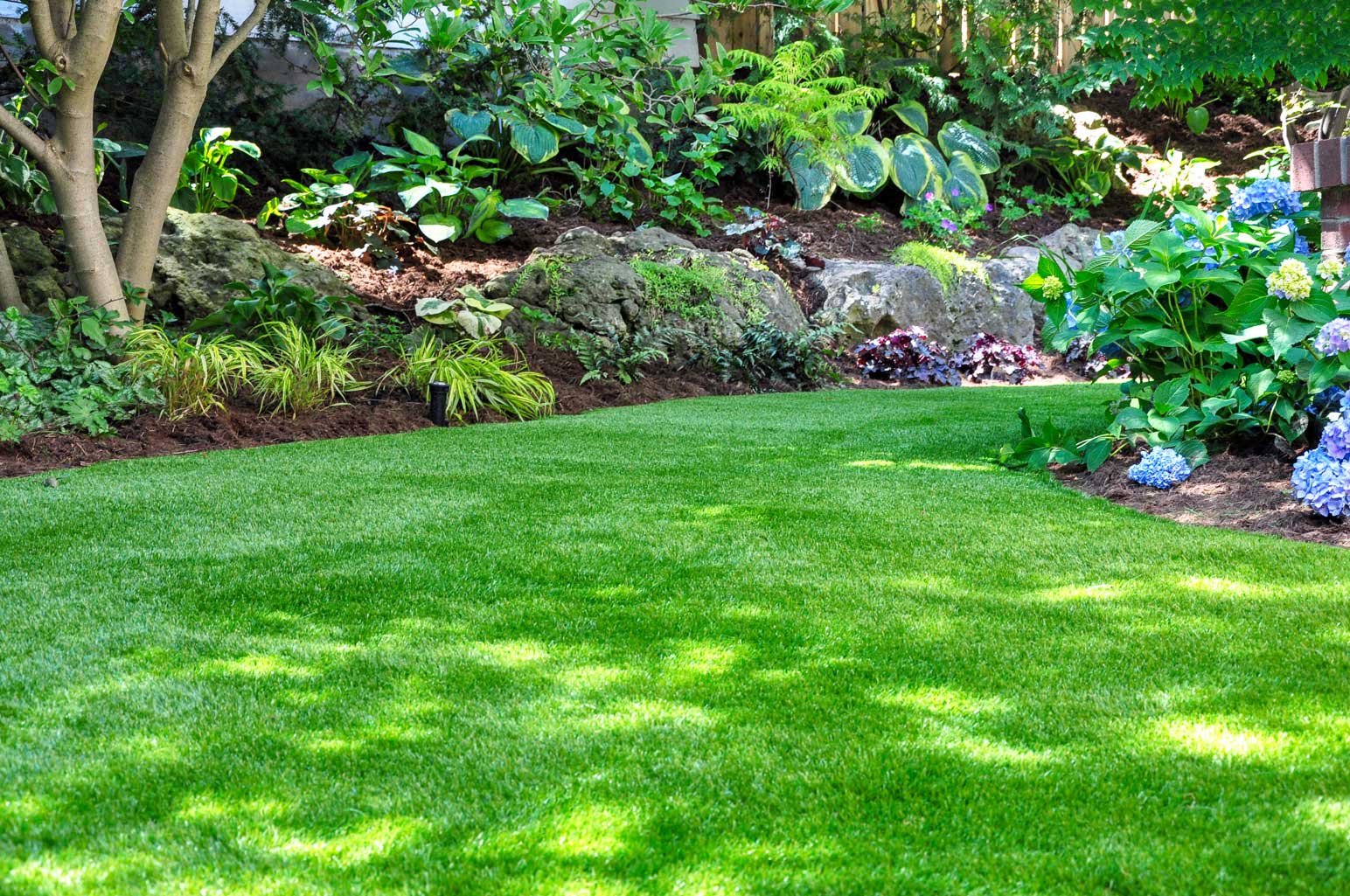
The use of artificial grass is indeed considered a breakthrough. You no longer need to plow the soil, water plants, and other tiring treatments. Here are some of the benefits:
- Do not worry about artificial grass cost. Even though it is expensive at first, you can save a lot of things afterward.
- Maintenance is not difficult. You do not need to do complicated things like looking for seeds, planting, watering, and mowing grass.
- The grass is still beautiful and clean.
- Save water because it does not require watering.
- It is environmentally friendly because you do not need to use chemical-based fertilizers to keep the grass fresh.
- It can be anywhere, both indoors and outdoors.
- Save maintenance costs. You do not need to buy fertilizers and pests, provide water, purchase garden tools, and other treatments.
- This material is more durable because it uses plastic as a raw material. The material will not be easily damaged when stepped on.
- Safe and comfortable
- It minimizes uninvited animals as they do not like plastic materials.
With the many benefits you get, it’s no wonder that many people are turning to artificial grass. However, the following discussion will give you another consideration.
Cons
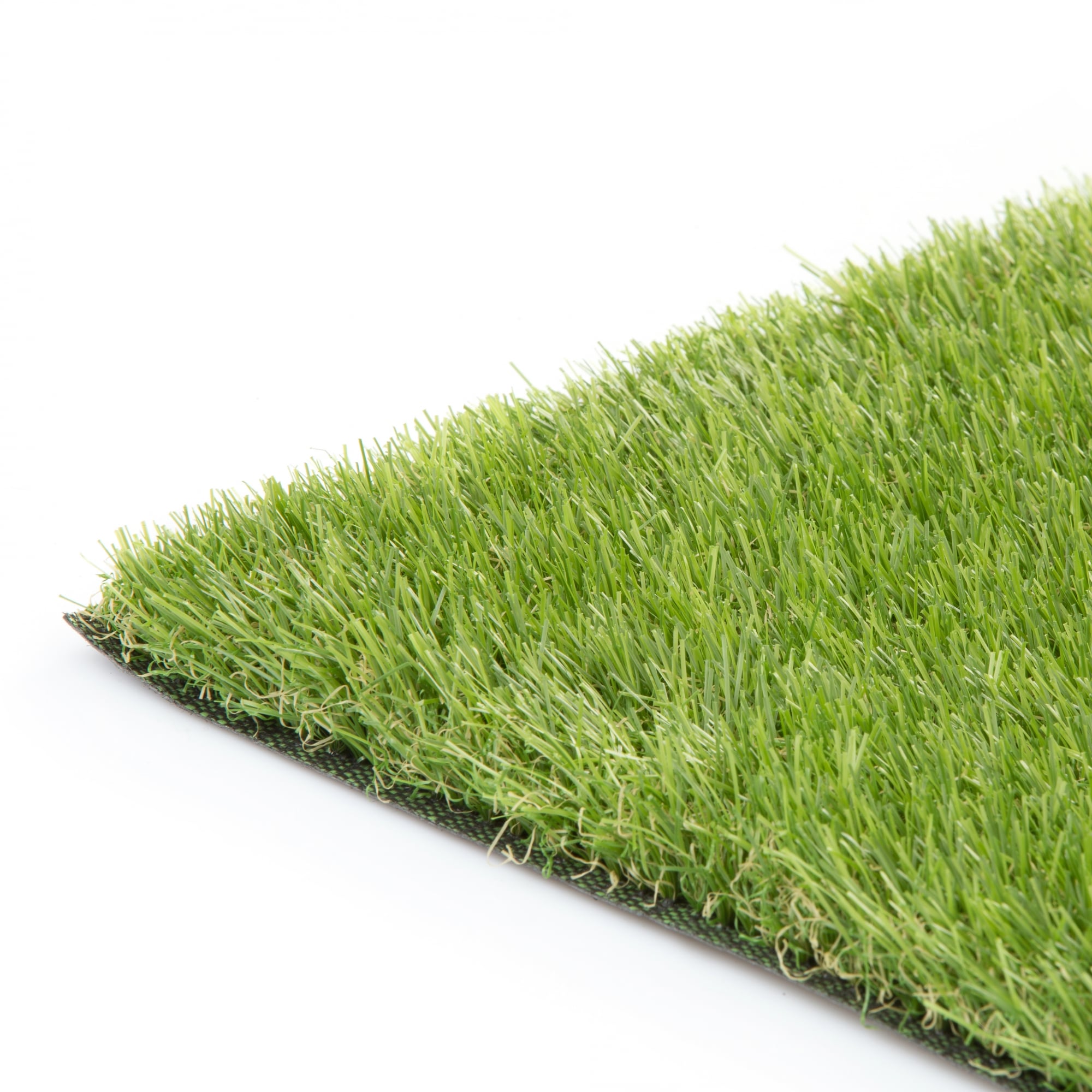
However, it is undeniable that behind the benefits, there are also disadvantages. If you use artificial grass, then you must be prepared to face the following risks:
- Unlike natural grasses, synthetic materials will be hotter when scorched by sunlight.
- The hot temperature not only makes the user uncomfortable but also damages the soil when placed outdoors.
- It supports global warming because hot temperatures can also affect the surrounding air.
- The grass can no longer stand up when it is under heavy loads for a long time.
- The color will fade after many years.
- When exposed to excessive heat, it will smell rubbery or plastic.
- Not able to produce oxygen.
- It is non-biodegradable and causes waste.
- The ingredients can damage the soil and kill the organisms in it.
After taking the points above into account, of course, you will begin to have an idea of artificial grass. Would you select to use this in your home or office? Or keep using real turf?
Artificial Grass versus Real Turf

The use of artificial grass does raise pros and cons. Many people think it is more effective, but some think that the real turf is much better.
We cannot say that synthetic grass is greater than the other. Each of them has weaknesses and strengths to consider.
When You Use Artificial Grass
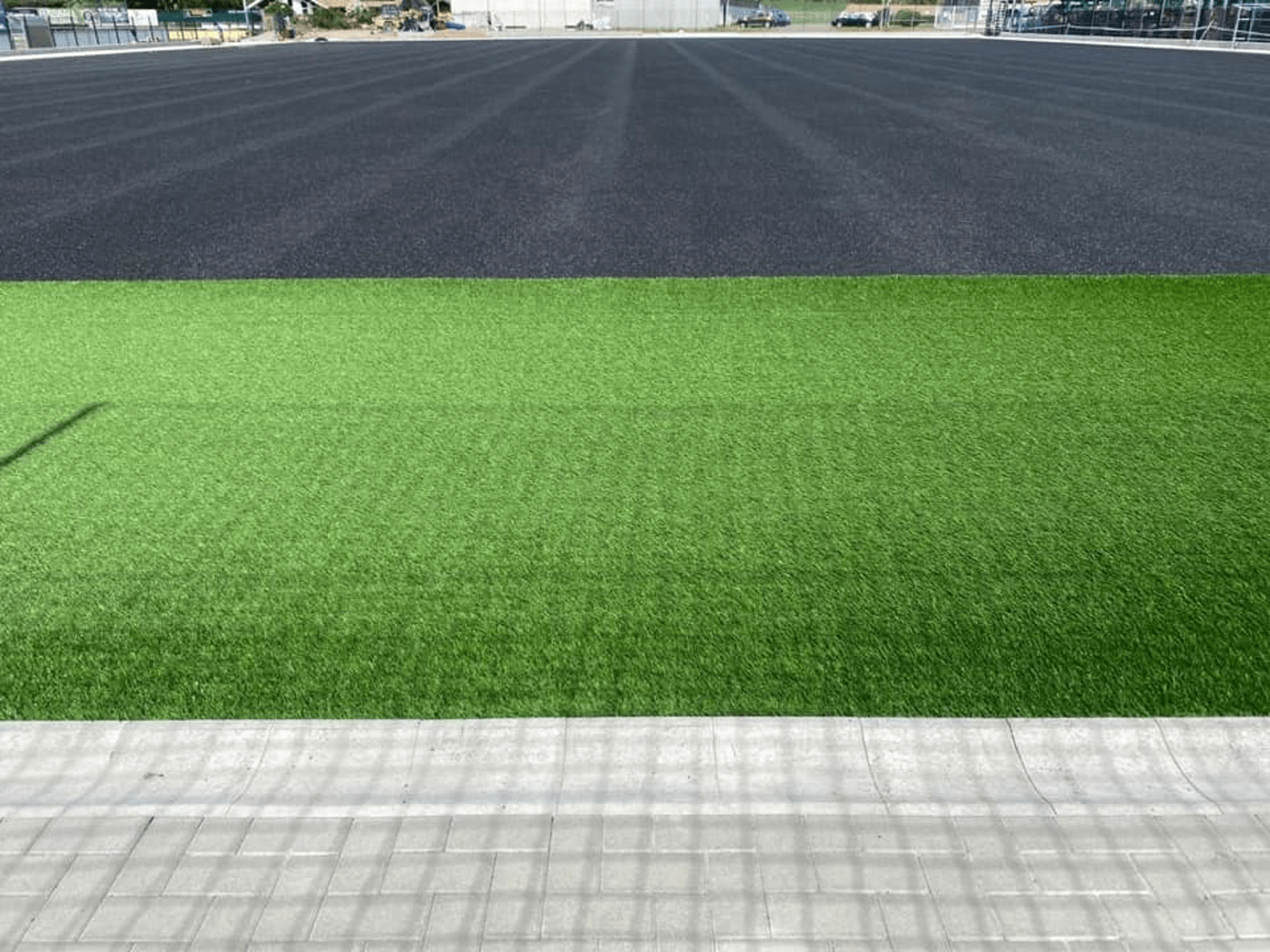
If you use artificial grass, then you will find it easy in terms of care. Besides that, you can also enjoy the beauty of the garden instantly without having to wait for them to grow.
The use of artificial grass is truly cost and energy-efficient. Say goodbye to lawnmowers, water hoses, or other gardening troubles.
You can enjoy beautiful gardens for the next decade without worrying about them wasting away or dying. Besides that, you do not have to bother taking the time to fertilize or tidy it up.
Because it saves water and does not require fertilizer, its use is more environmentally friendly. You can also move freely without fear of killing the turfs.
However, the synthetic material in it is not degradable. After 10 years of use, the color will change and there may be some damage here and there. Eventually, the artificial grass will end up in the trash.
What about Real Turf?
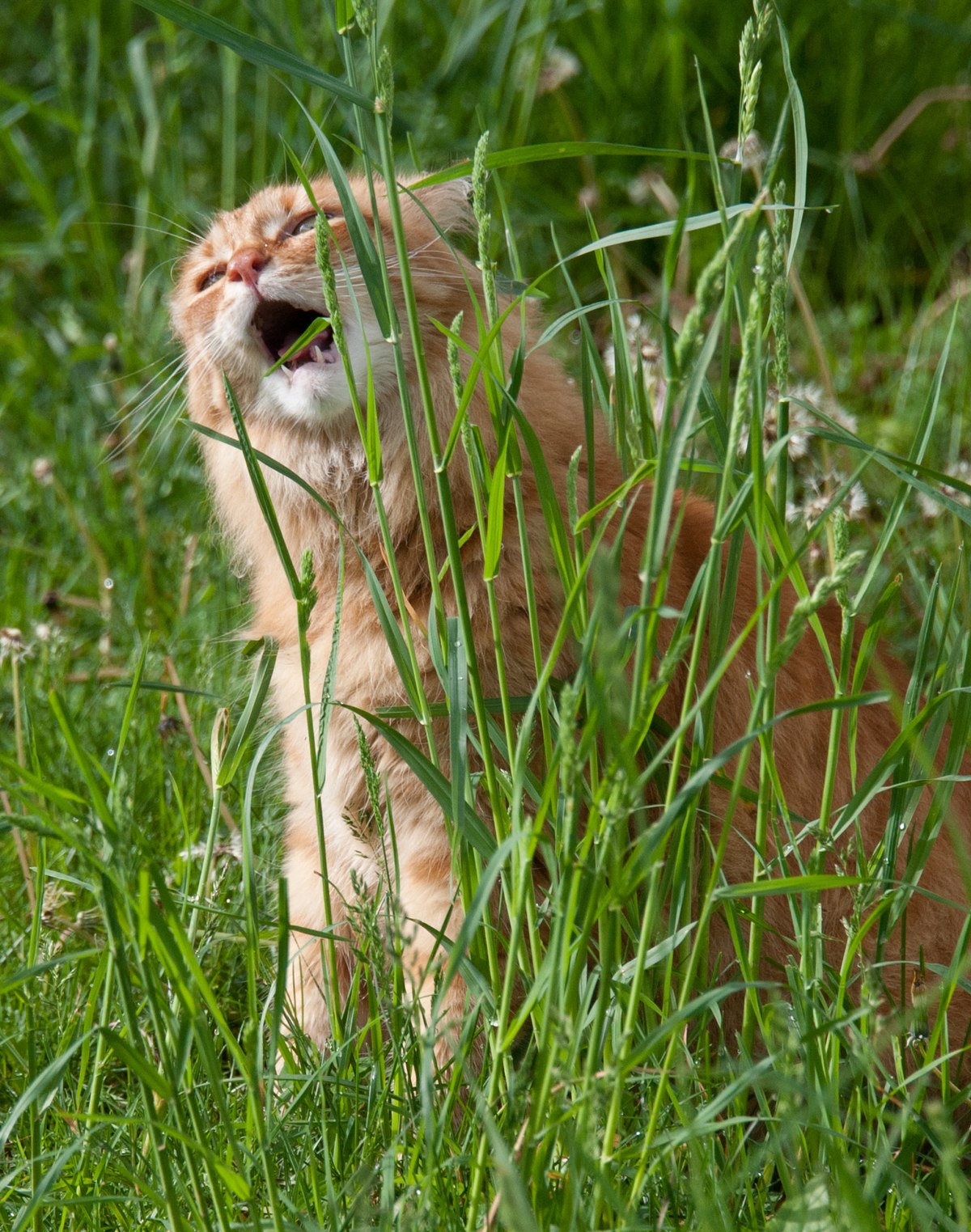
Meanwhile, the use of real grass cannot be said to be bad either. The activity of living plants will contribute oxygen to nature to create fresh air.
Besides, you can add any plants to it to beautify the appearance of the garden or room. Dead grass will not become trash and can be fertilizer for other crops.
However, its use will also consume time, money, and energy. You should give more attention so that the beauty of the plants is maintained.
Various processes ranging from watering and fertilization are mandatory. Also, using large amounts of liquid to water plants is not environmentally friendly.
If we do watering with the washing water residue, the substances will damage the soil balance.
It turns out that each of them has its weaknesses and strengths. Now you can consider which one is better for your area.
How to Install Artificial Grass
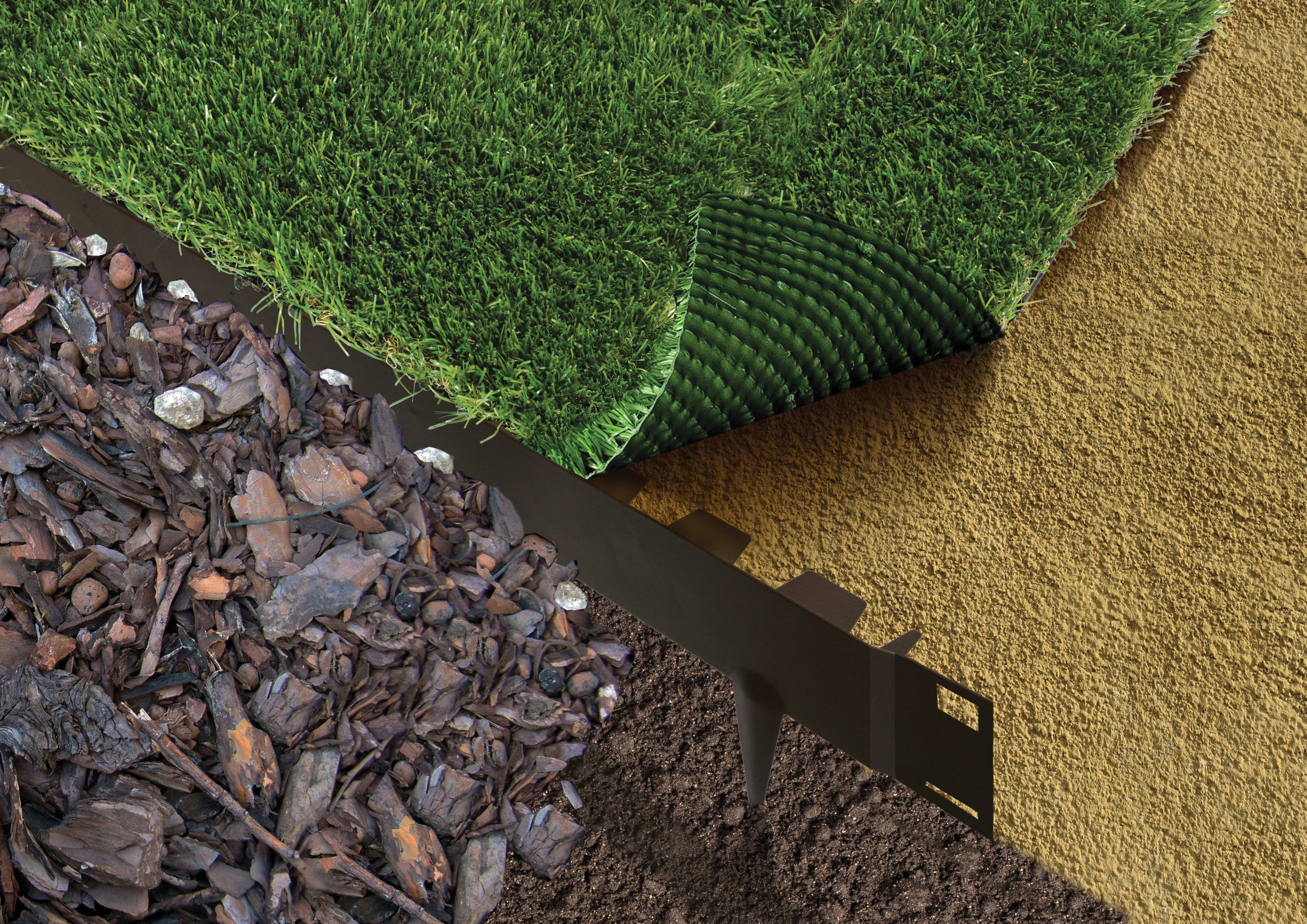
If you are sure about choosing artificial grass, then now is the time to prepare for the installation. Here are the steps:
- Measure the area to install to find out how much artificial grass you need.
- Prepare the necessary tools and materials, including grass cutters, tape, glue, weed killer, and many more.
- First, clean the surface of the dirt or previously-planted grass. Make sure everything is in perfect condition.
- Compact the soil after the surface is clean.
- For a neat result, you can place a divider around the installation area. It is optional though.
- As a basis, place sand and gravel on top of the installation area.
- Compact the soil again.
- Start placing the grass rolls on the surface.
- If you are using more than rolls of grass, use glue or tape to hold them together.
- Take a few minutes for the grass to combine.
- When you are sure the grass is perfectly-installed, trim the edges with a cutter.
- Strengthen the artificial grass installation with the help of nails.
- Enjoy Your Grass
For indoor or concrete installation, you do not need to provide a layer of sand and gravel. You can substitute it with a performance pad.
To make it perfect, use tape or glue instead of nails. For the rest, the instruction is the same as above.
Artificial Grass Rug for Various Purposes
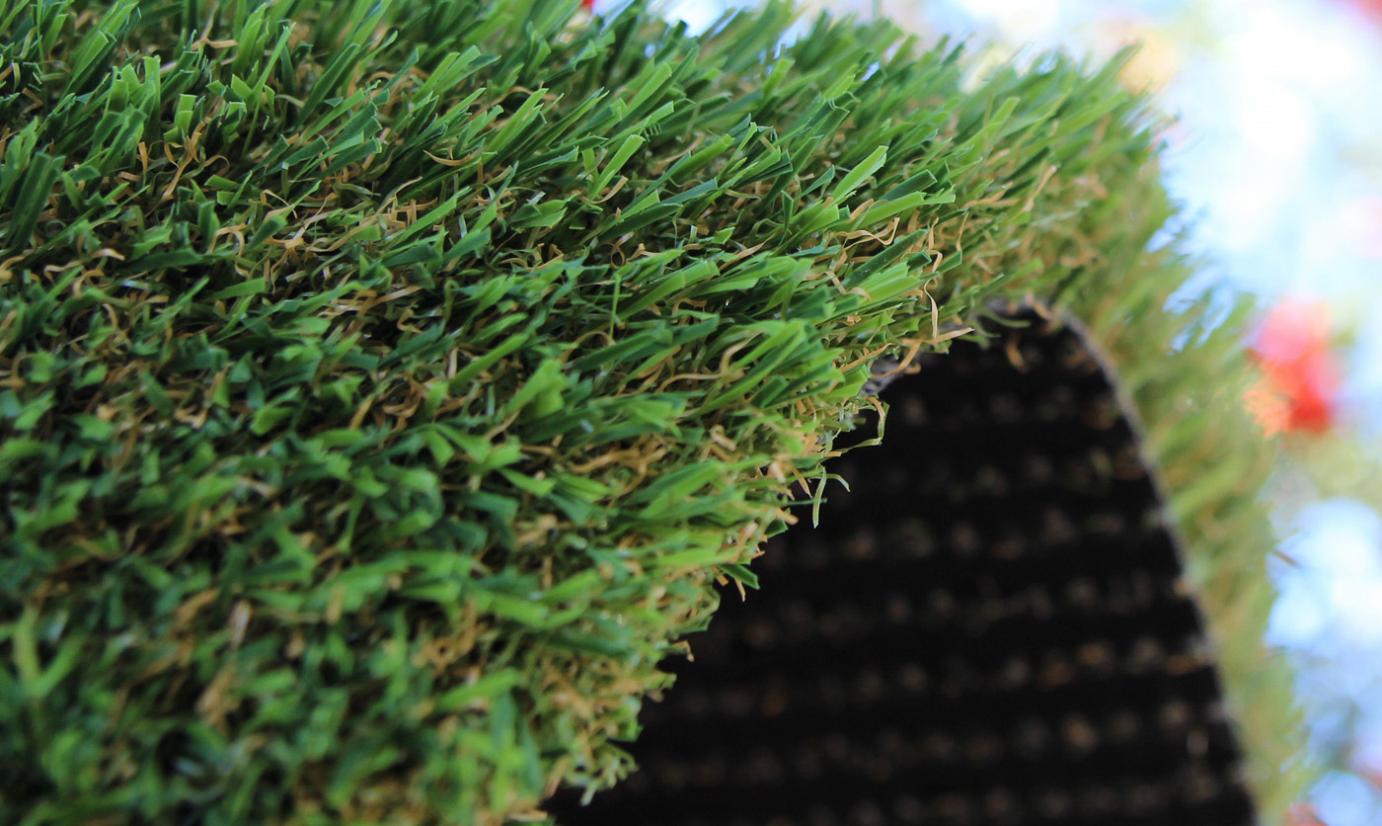
Artificial grass has many benefits and uses. You can use it indoors or outdoors. The following are some of the applications in the real world:
Sports field
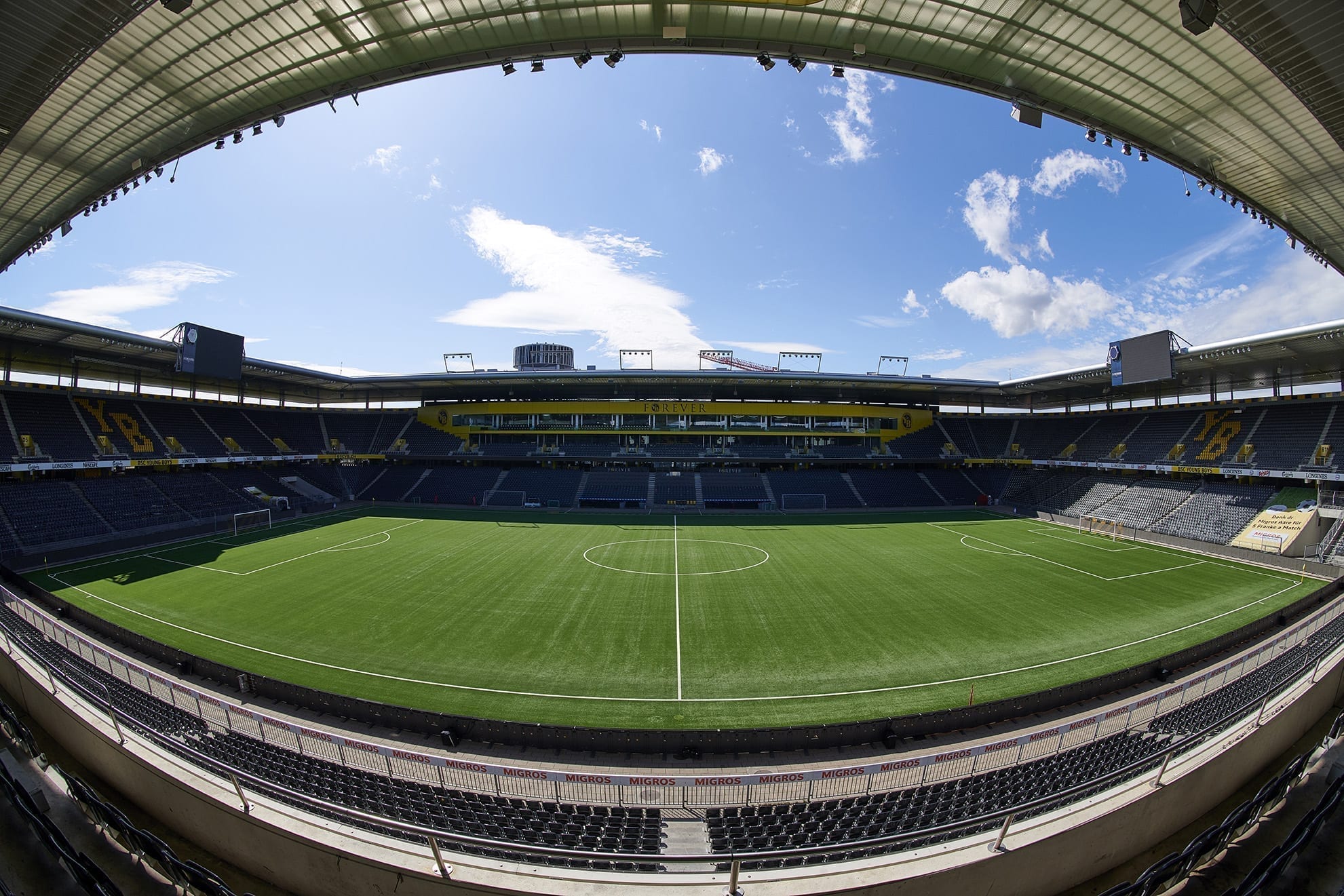
Various sports arenas, such as football and golf fields, require large areas and soft-land at the same time. But using real grass for this need is a waste.
Stepping on the grass or throwing a golf club over it is an environmentally unkind act. However, artificial turf solves the problem. You can move freely without fear of damaging anything.
Make an Instant Garden

To make a garden with beautiful green grass, you need a long time. Even though there are now those selling installable live turf, you still need to do intensive maintenance.
But the use of artificial gardens will make you enjoy a beautiful garden without having to bother. To make the green grass look more real, arrange various potted plants on top.
Room Decoration
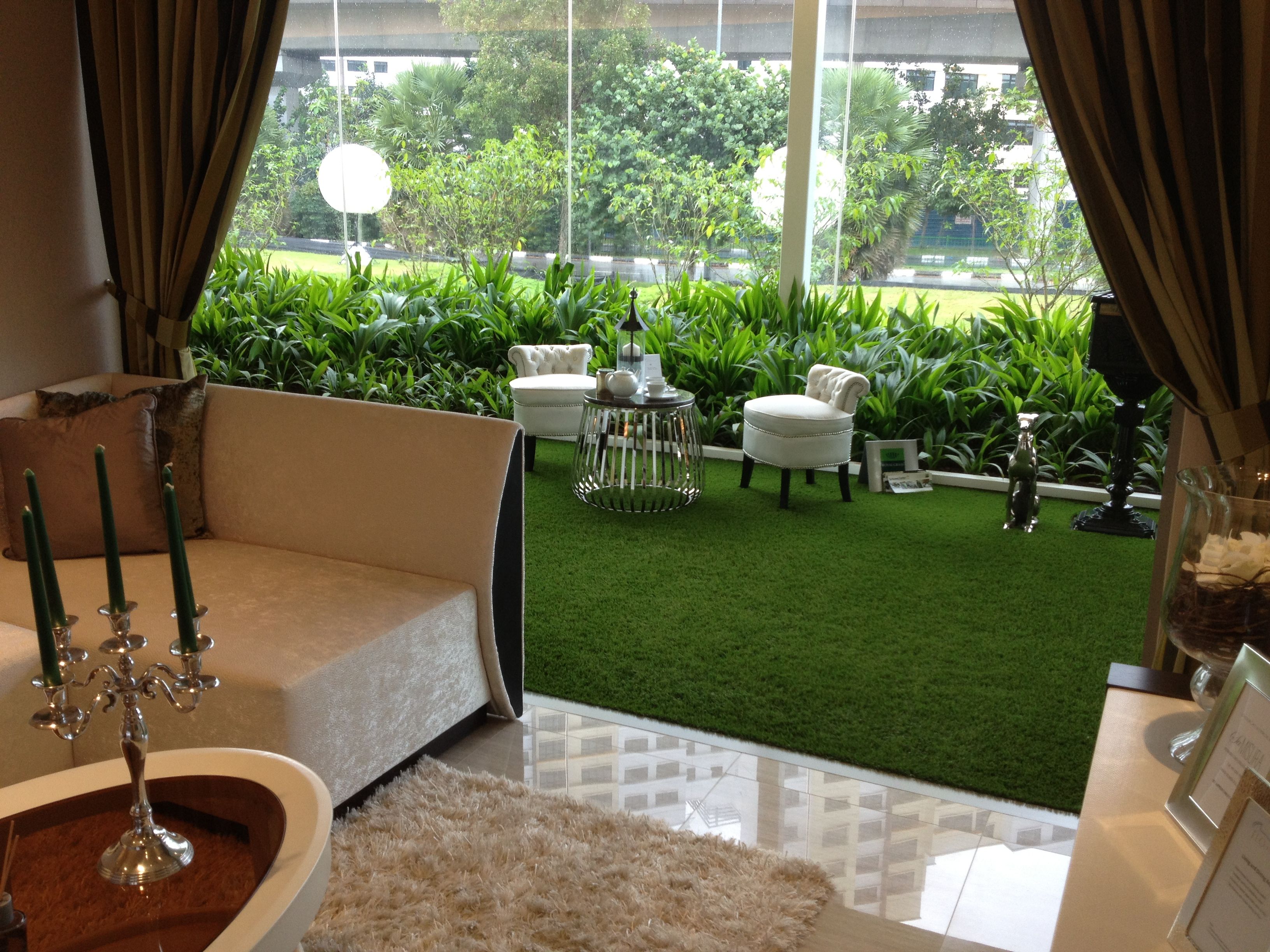
Many people use artificial grass to decorate their homes. Not only as a carpet, but you can also put it on the wall like wallpaper. This scene will create your mood.
A Comfortable Place for Pets
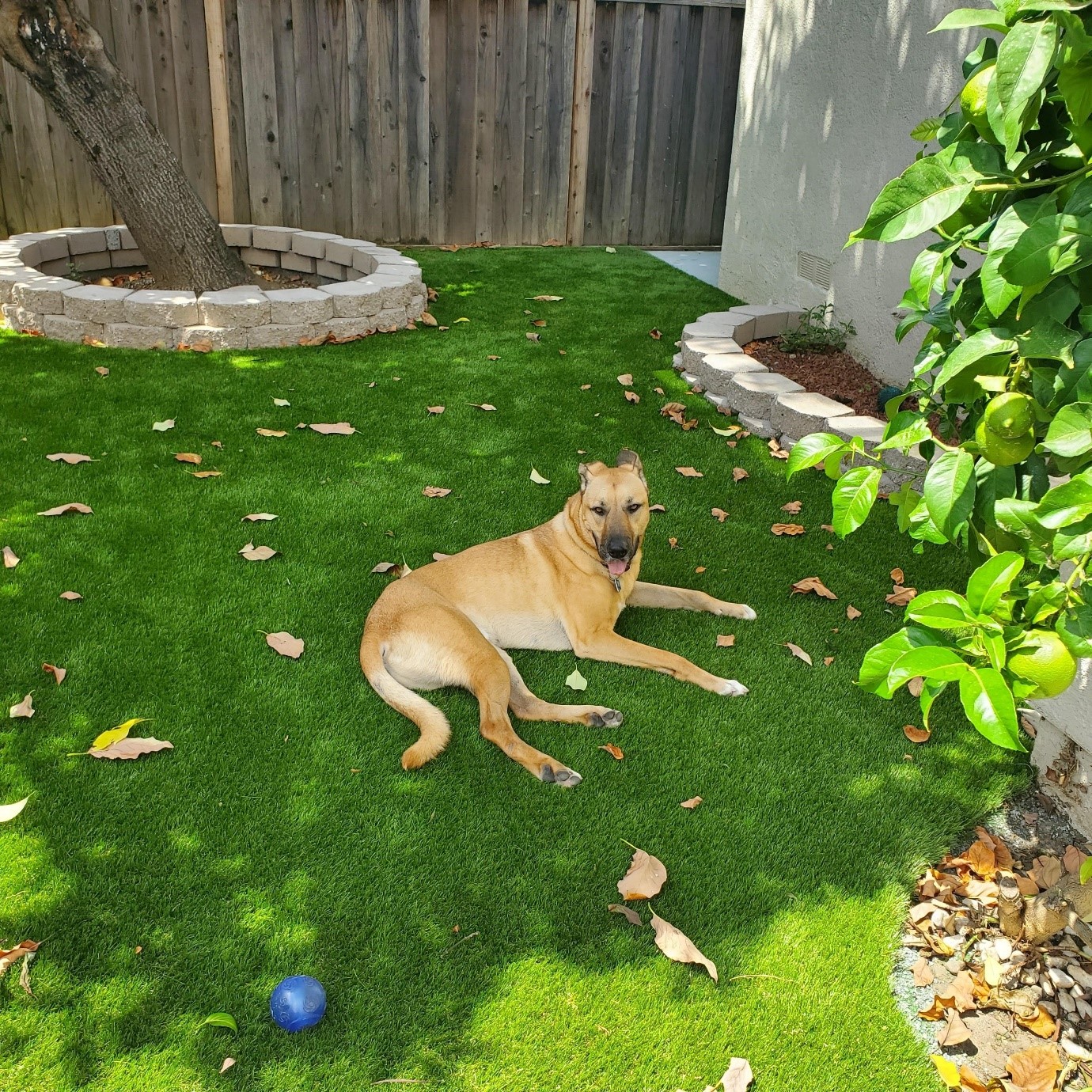
Some people deliberately put artificial grass for dogs, cats, or other pets. It will be helpful if homeowners do not have a large lawn for them to play in.
The soft lining makes pets feel comfortable playing there. But think about how to clean the dirt that sticks to the artificial grass surface.
Those are some advantages of synthetic grass. Because of its many-use, you will have no trouble getting it. Many shops sell them in various types and sizes.
Try checking the artificial grass Home Depot displayed on their website. There are many unique and beautiful models that you can choose from for various purposes.
Conclusion
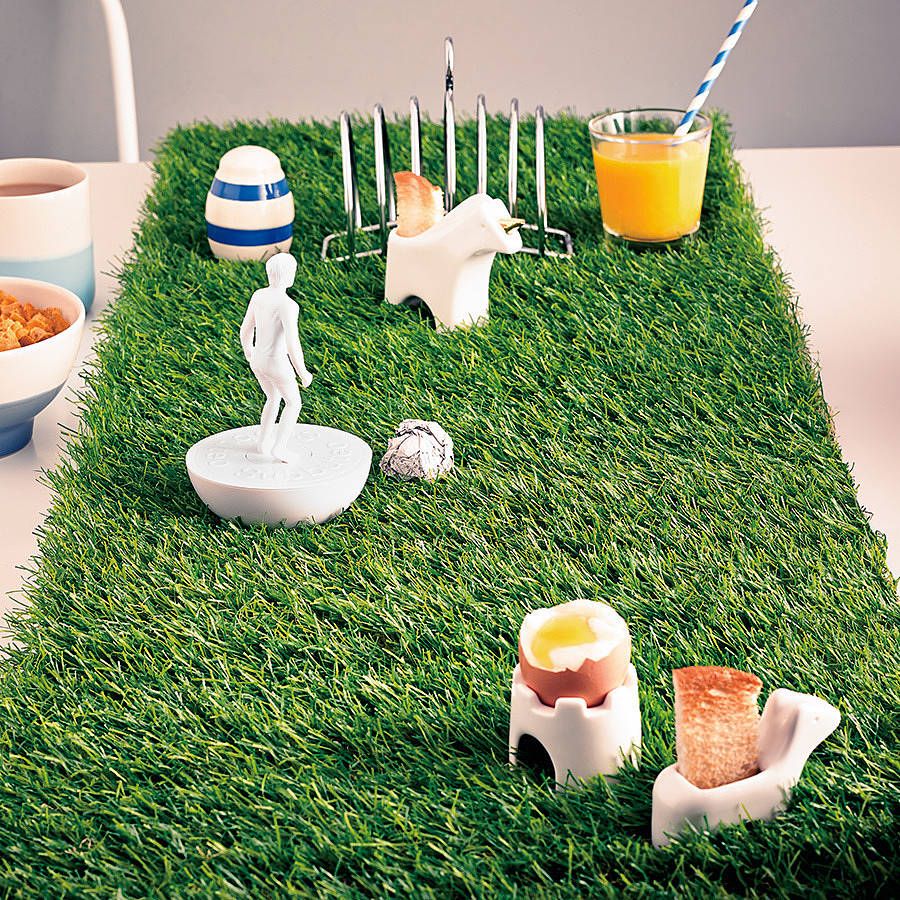
The use of artificial grass is popular lately as a practical solution for making gardens. Besides being considered environmentally friendly, you do not need to be afraid of the turf being damaged.
However, both artificial grass and real turf have their weaknesses and strengths. You can weigh which one is more to choose from.